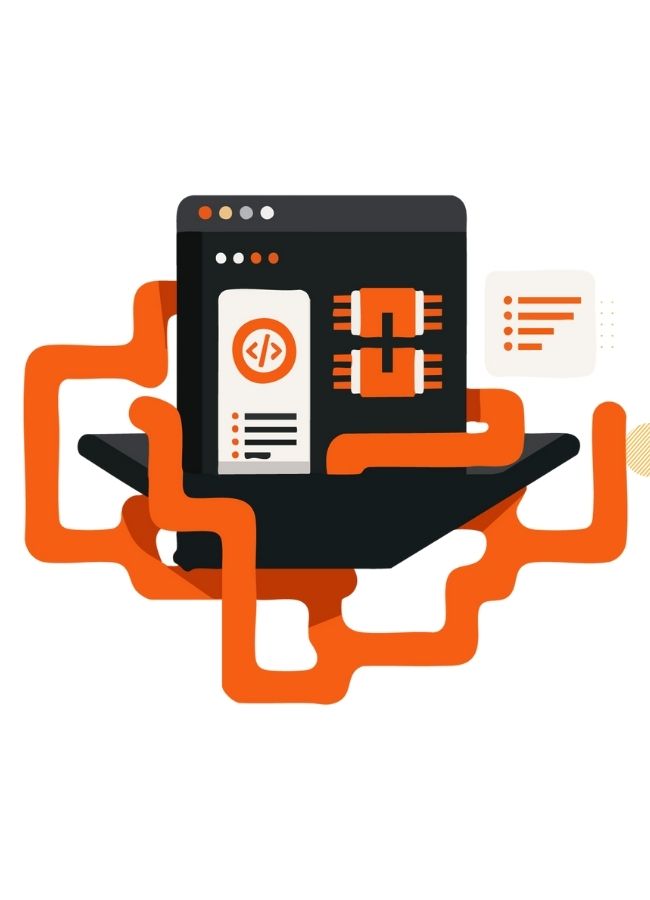The 8 Common Decision Making Traps and
How to Avoid Them in Business
When judgements go wrong, it’s usually because the decision-makers didn’t do their due diligence in defining the problem, gathering relevant data, and weighing the pros and cons. But sometimes the problem isn’t with how a choice is made so much as it is with the person making it. The nature of the human brain can sabotage our decisions. This essay from scientists explores 8 mental pitfalls that can influence our business judgement.
1)The Anchoring Trap
When we give undue weight to the very first piece of information we encounter…
Anchors take many guises. They can be as simple and seemingly innocuous as a comment offered by a colleague or a statistic appearing in the morning newspaper. They can be as insidious as a stereotype about a person’s skin color, accent, or dress. In business, one of the most common types of anchors is a past event or trend .One of the most important lessons that business people can learn from psychology is how to recognize and reframe their anchors. If a past event or trend has become an anchor for you, it means that you instinctively use it as a way to quickly identify what is happening in any given situation. If a previous incarnation of yourself was negative, then, based on the automatic activation that your mind performs with every new experience, you will also automatically have negative thoughts about yourself and others. In this sense, all of our experiences create psychological traps—situations that we feel compelled to react fearfully because they trigger old. A marketer attempting to project the sales of a product for the coming year often begins by looking at the sales volumes for past years. The old numbers become anchors, which the forecaster then adjusts based on other factors. This approach, while it may lead to a reasonably accurate estimate, tends to give too much weight to past events and not enough weight to other factors. In situations characterized by rapid changes in the marketplace, historical anchors can lead to poor forecasts and, in turn, misguided choices.
2)Status Quo Trap
When presented with better options, we often choose to stick with the status quo instead…
The status quo trap stems from the depths of our psyches, specifically from the instinct to guard our egos at all costs. Changing the existing quo requires initiative, and initiative requires responsibility, which exposes us to criticism and the possibility of remorse. Not surprisingly, we naturally look for reasons to do nothing. Sticking with the status quo represents, in most cases, the safer course because it puts us at less psychological risk.

3)Sunk-Cost Trap
Sunk Cost Trap leads us to make the same mistakes over and over again…
One of our ingrained biases is to act in a way that rationalizes our previous decisions, even if those decisions are now illogical. The vast majority of us are victims of this trap. Perhaps we passed up more lucrative investments because we were unwilling to sell a stock or mutual fund at a loss. Or we may have invested a lot of time and energy in a worker we afterwards realized we made a bad hire for. The money and effort we’ve already spent on bad judgements are called “sunk costs” in economics. Even though we know intellectually that past investments are no longer relevant to the current decision, sunk costs still plague our thoughts and cause us to make poor choices.
4)The Confirming-Evidence Trap
It occurs when we look for evidence that confirms our previous beliefs and ignore or dismiss evidence to the contrary.
Due to confirmation bias, we tend to look for evidence that corroborate our preexisting beliefs and ignore evidence that runs counter to them. After all, other than a convincing defence of her own judgement, what did you expect from your friend? Because of the confirming-evidence bias, we tend to look for and place more weight on data that supports our preconceived notions, while dismissing or downplaying evidence that runs counter to them.
One way to challenge the confirmation bias is to collect evidence all around—evidence that contradicts our instinct or point of view. For example, instead of looking only at what we want to see, we can examine information from other sources. This strategy decreases the likelihood that our own data will be distorted by selective perception and also helps us avoid hindsight bias, which often leads us to believe that other people’s reactions were less enthusiastic than they actually were. Asking objective questions in conversations with others can help decrease the confirmation bias because it forces those around us either (1) to remember something specific or (2) explain themselves
5)The Framing Trap
When we incorrectly frame a situation, we put our entire capacity for making sound decisions at risk…
The first stage in any decision-making process is formulating a question. It’s a major move, and one of the riskiest. How you phrase a problem has a significant impact on the solutions you choose. The framing trap can take numerous shapes and is often intertwined with other forms of cognitive bias. A frame can be used to set the scene or provide a reference point. It might draw attention to already-spent money or help you find supporting data.
6)Estimating and Forecasting Trap
The overconfidence trap causes us to incorrectly believe in the reliability of our predictions. When making predictions about the future, we can fall into the “prudence trap” and be too careful.
The vast majority of us are adept making estimates about time, distances, and masses. That’s because we’re always making guesses about these factors and receiving instantaneous feedback on whether or not we were right. Constant training makes our brains more precise.
Estimating or predicting the outcome of an event whose outcome is uncertain is a different story. Managers are constantly making these kinds of projections and predictions, but they rarely receive constructive criticism on how well they are doing.
7)The Overconfidence Trap
Consider the ramifications for corporate choices, where large-scale efforts and investments frequently depend on uncertainty bands. Managers run the risk of missing out on lucrative possibilities or unwittingly exposing themselves to more danger than they anticipate if they under- or overestimate the range of a critical variable. Many resources have been squandered on failed product developments because executives failed to adequately plan for the likelihood of a product’s failure in the market.
8The Over Prudence Trap
Over-prudence is another pitfall for those who attempt to predict the future. When the stakes are high, we tend to make alterations to our predictions or forecasts “just to be on the safe side.” Politicians have even instituted institutional decision-making processes that formalise excessive caution. One extreme case is the practise of “worst-case analysis,” which is now common in some engineering and regulatory contexts but was formerly widespread in the design of weapons systems. Engineers used this method to create weapons that would function in the most catastrophic scenarios, even if the likelihood of those scenarios occurring was infinitesimal.
9) The Recallability Trap
It is possible to fall into a trap while making estimations or forecasts even if we are neither extremely confident nor overly cautious. Predictions regarding the future are often based on our recallability of the past, and this makes us vulnerable to being swayed too much by memorable but unexpected events.Thats why you need to be alerted that own experience of something dramatic or traumatic may also affect your perspective.
How managers may make sure their crucial business decisions are solid is discussed?








